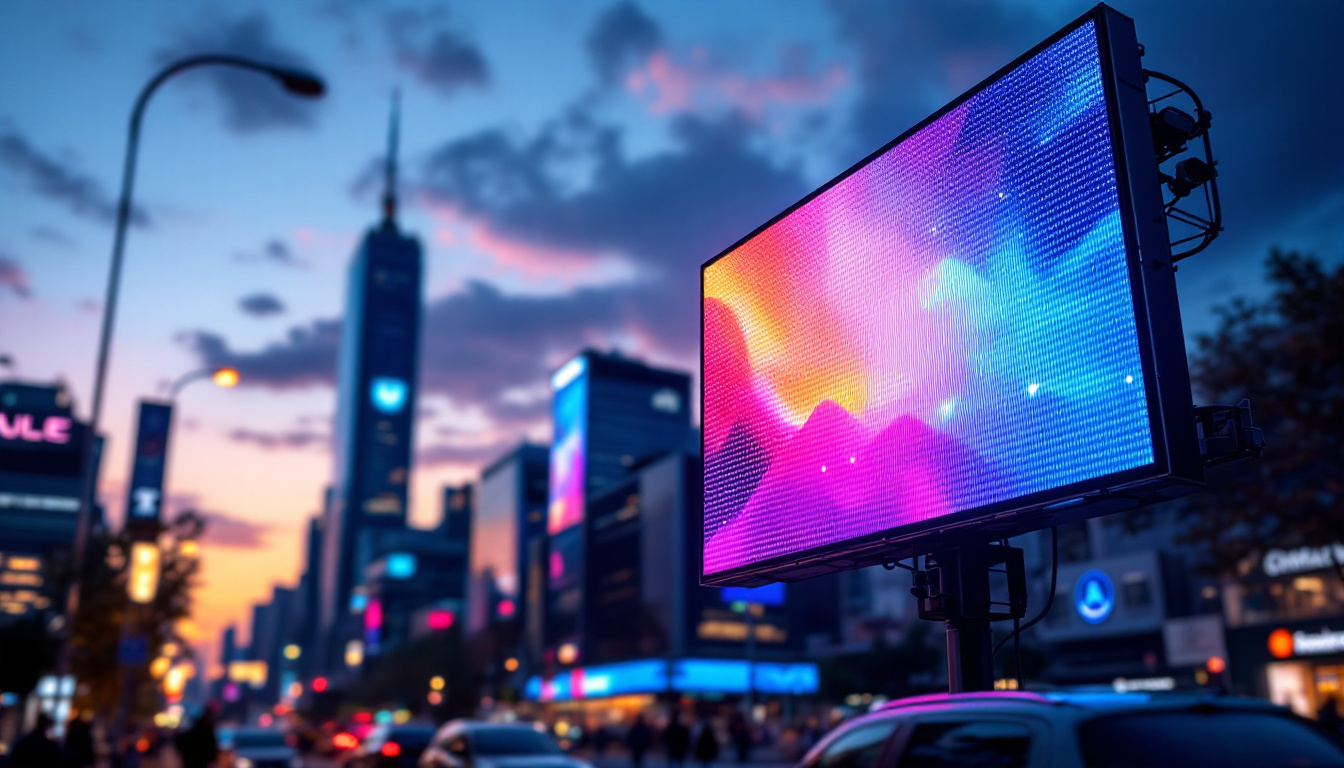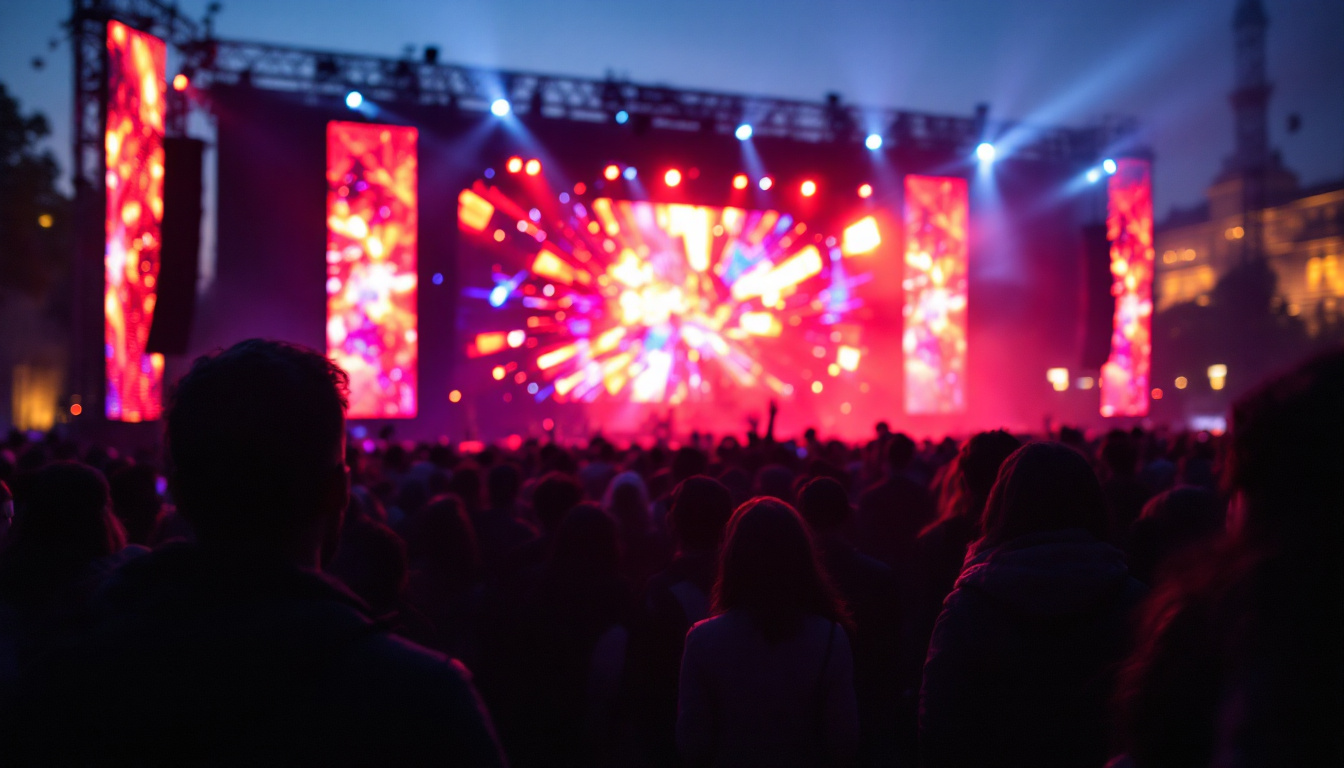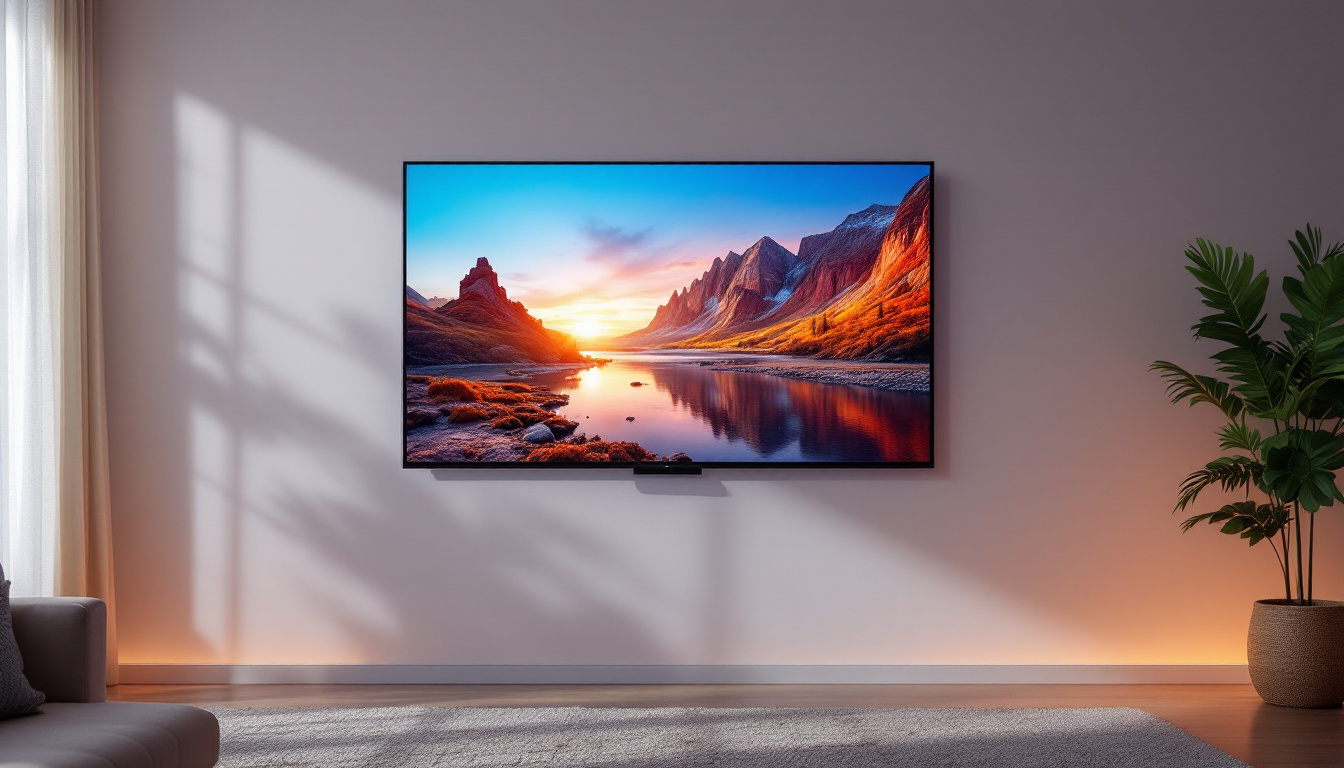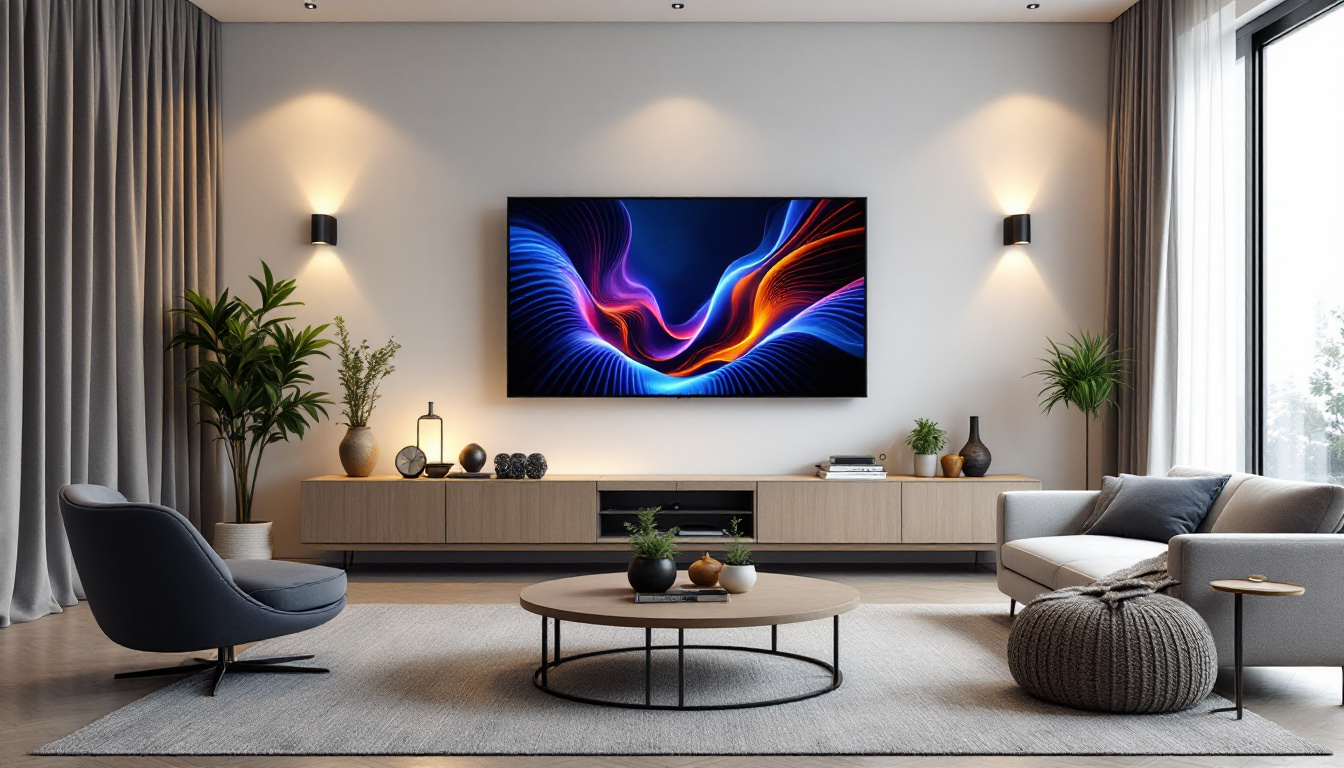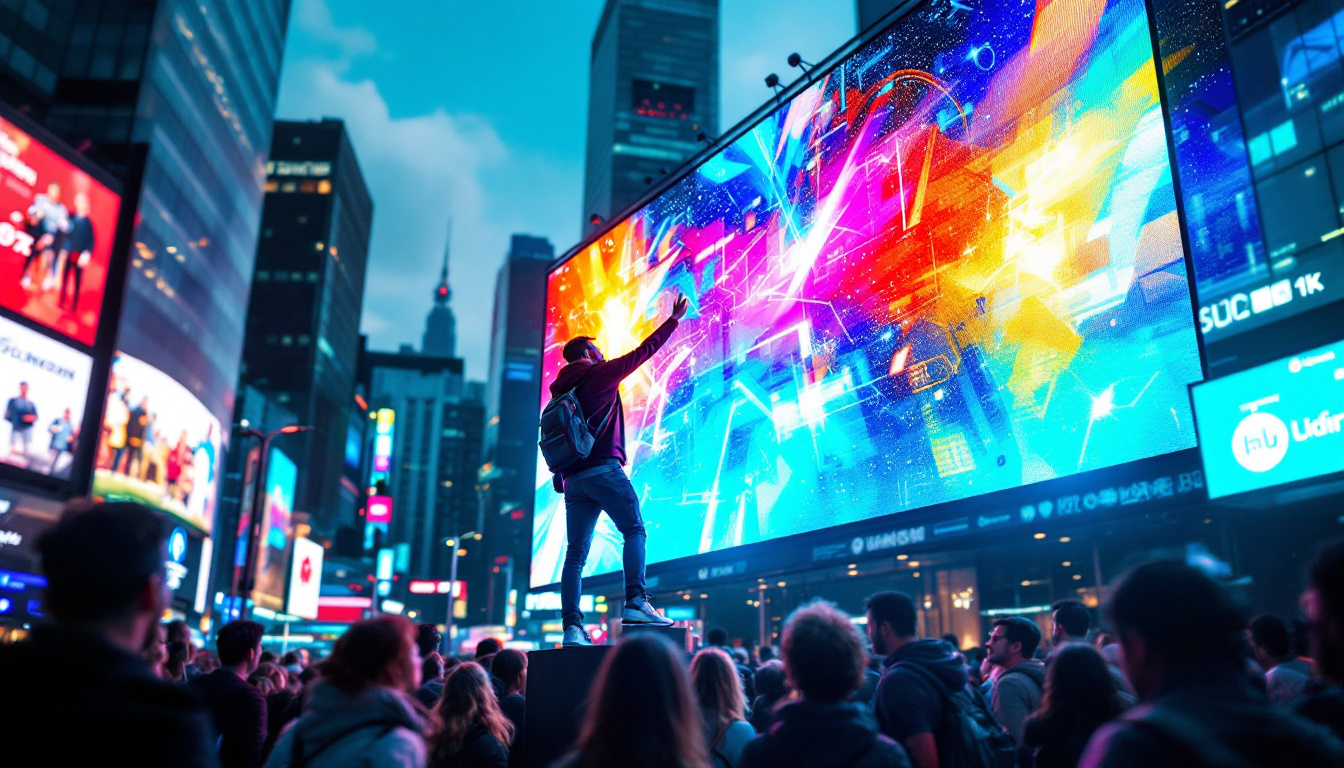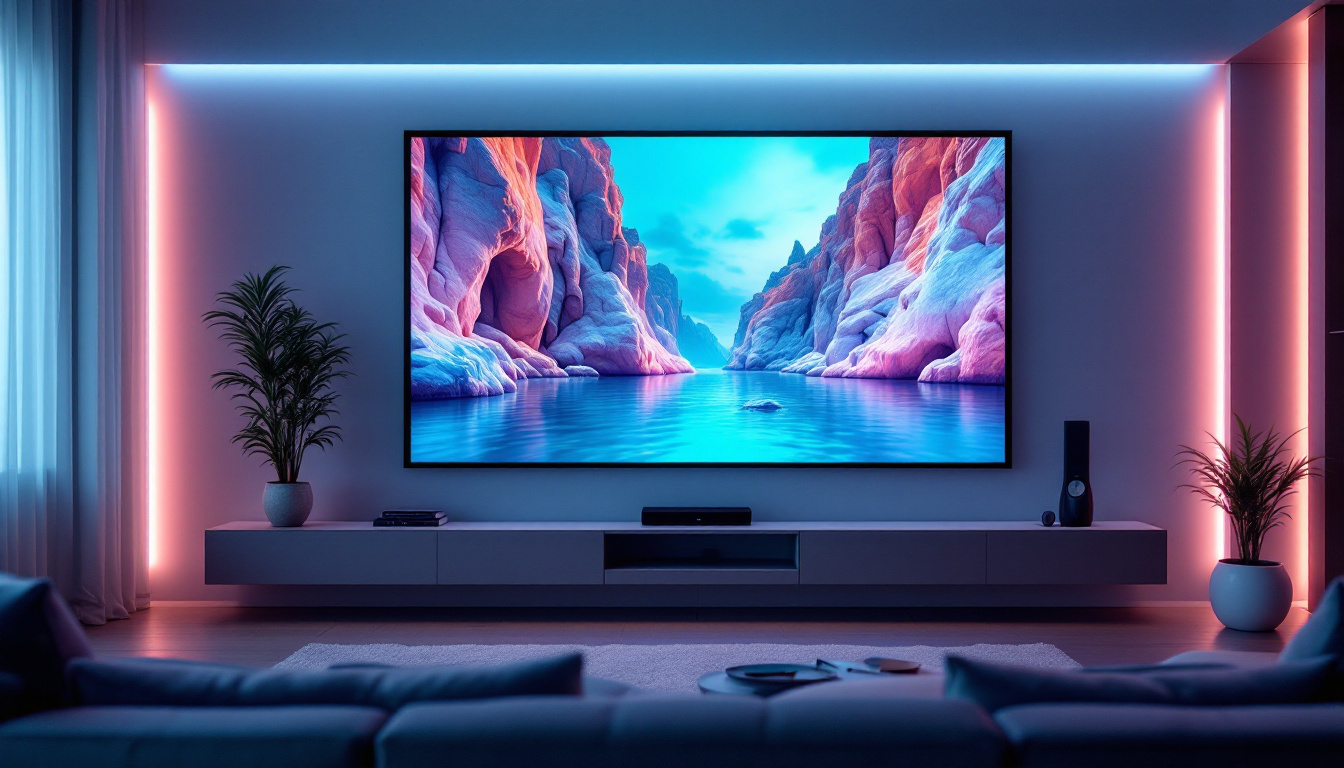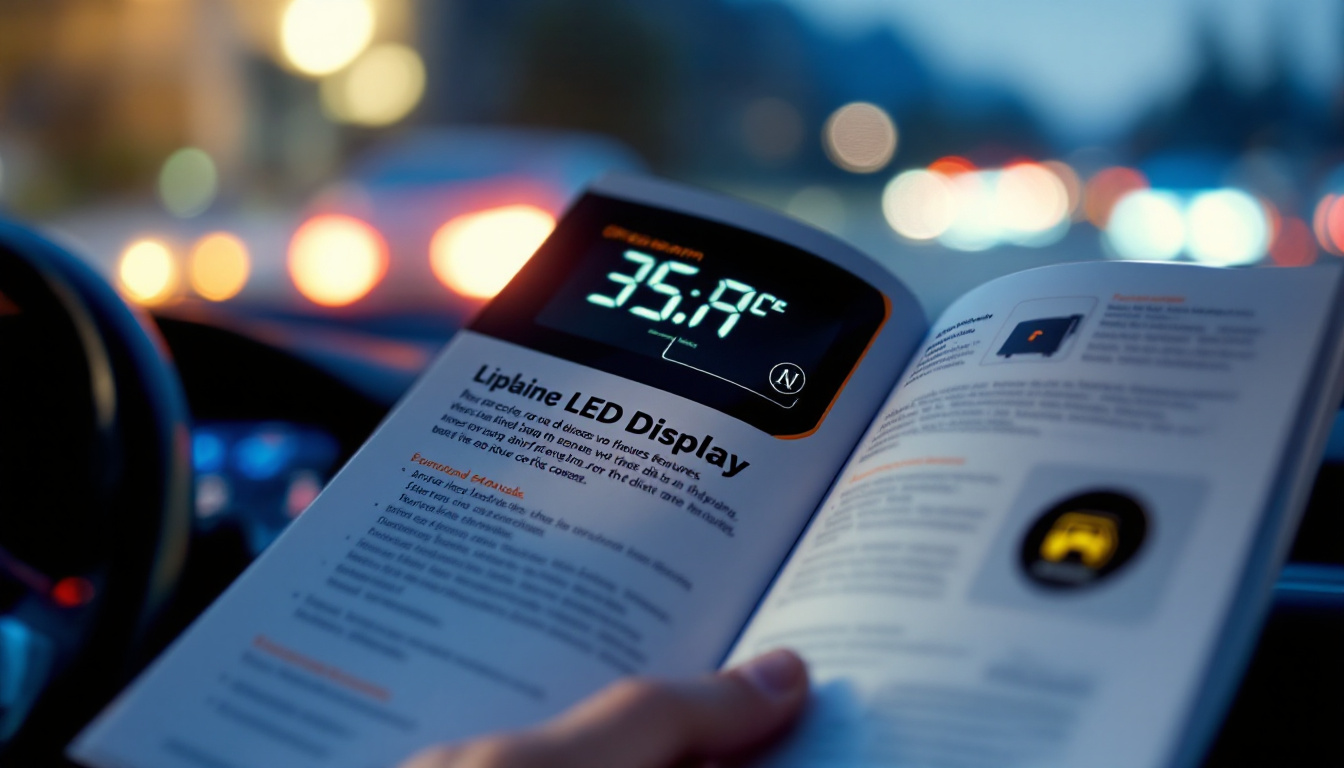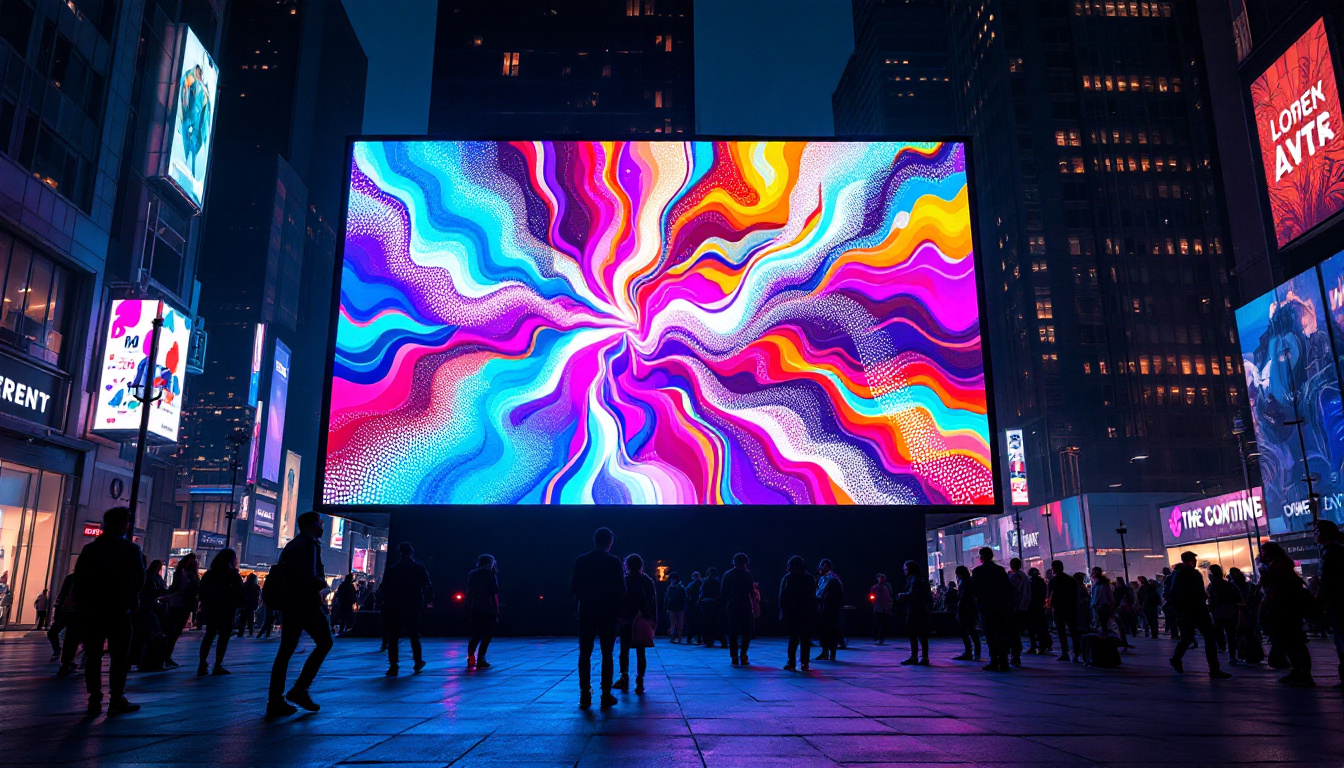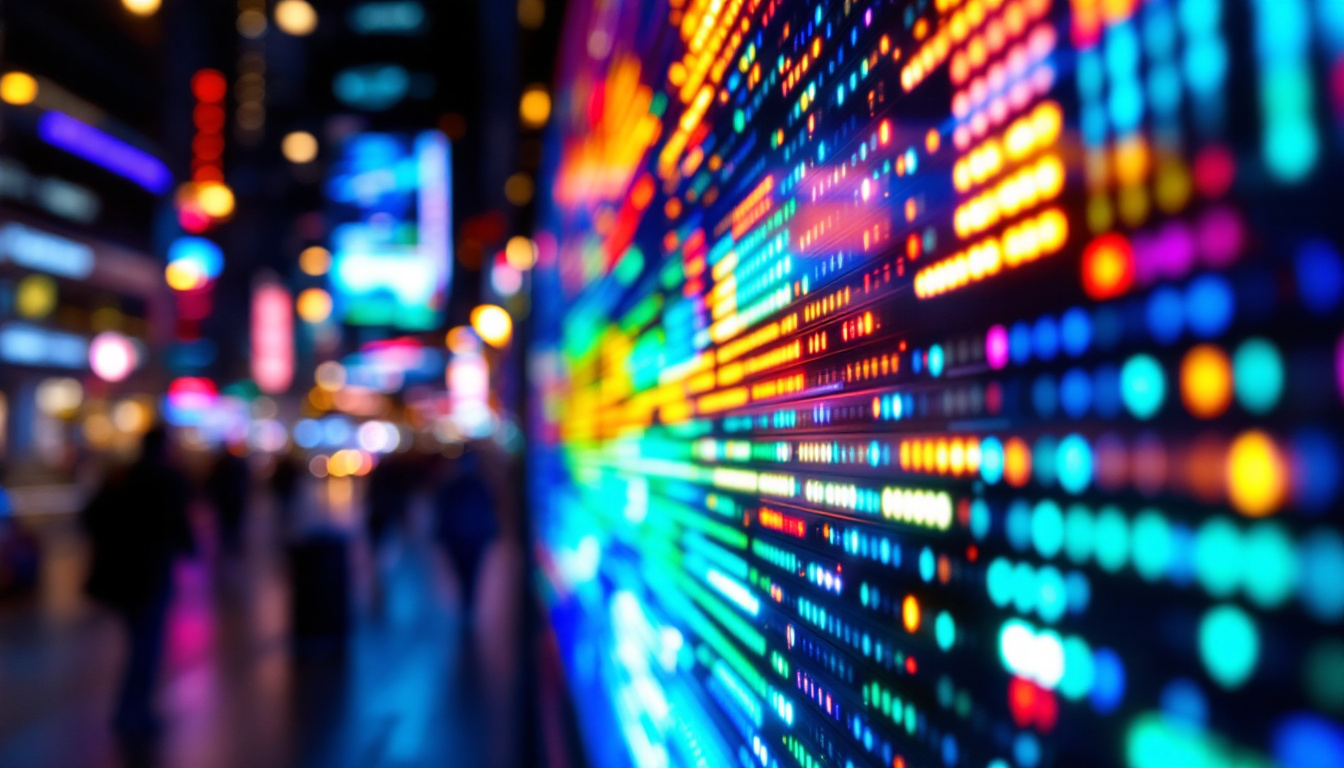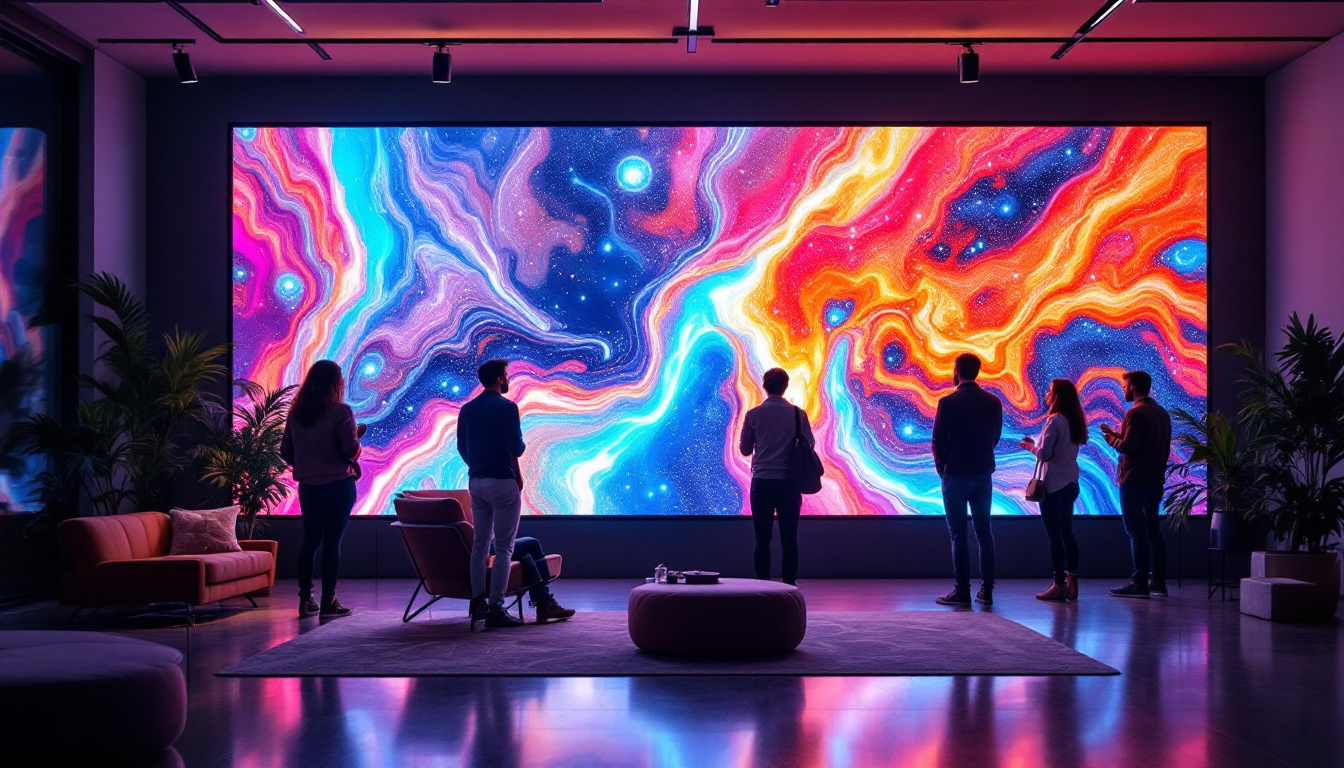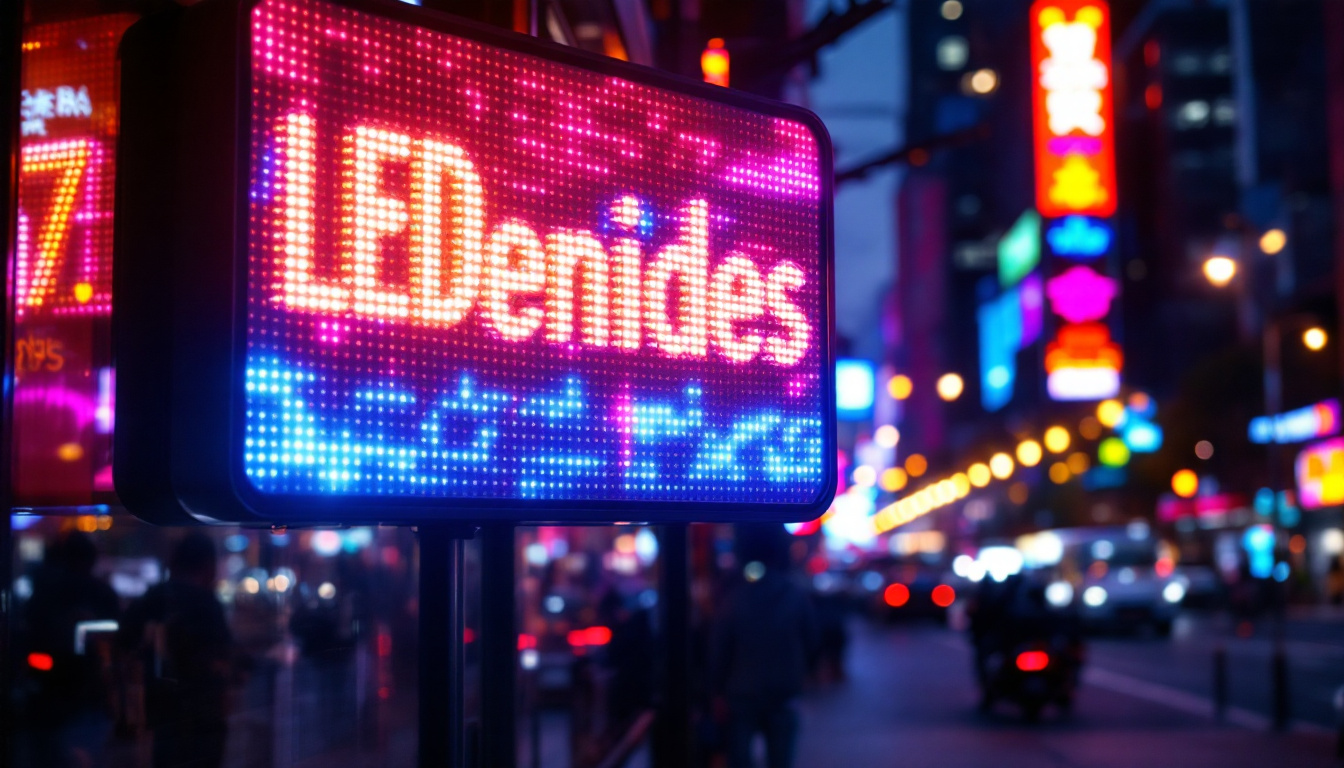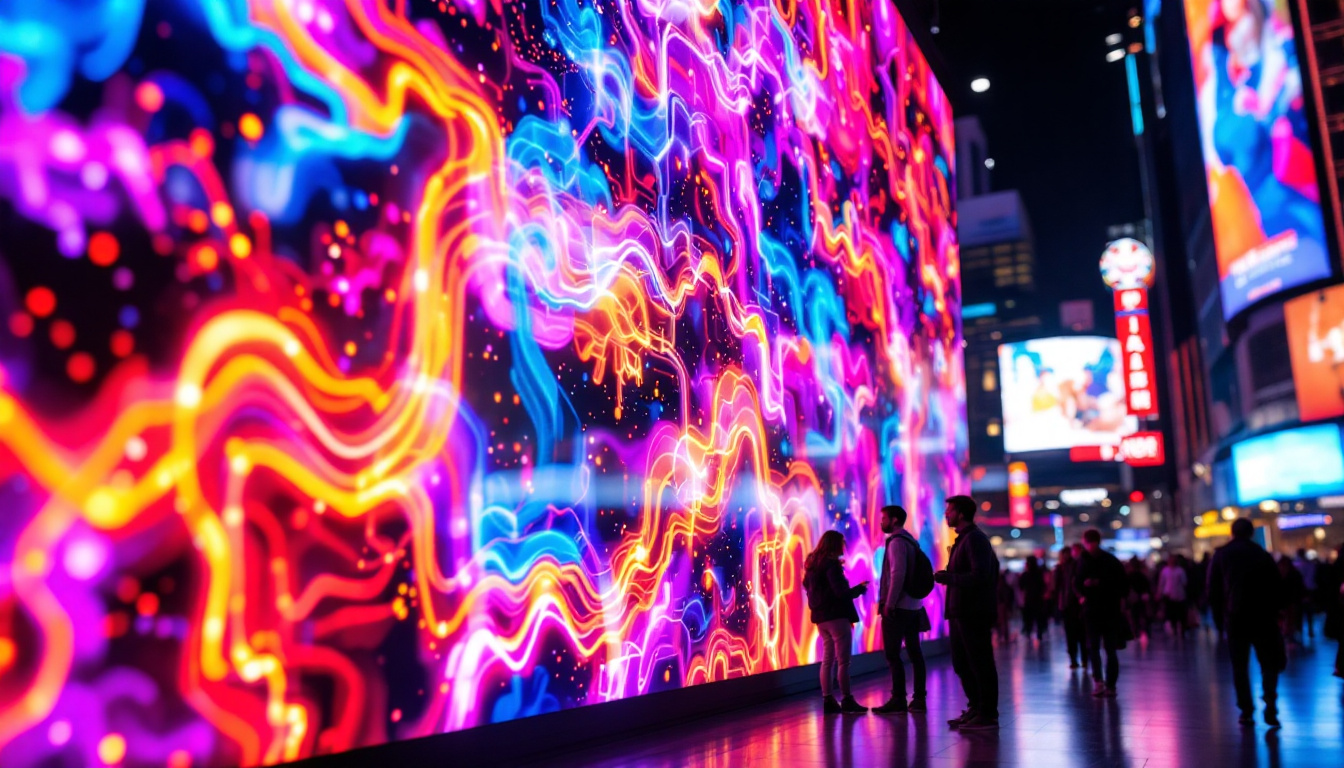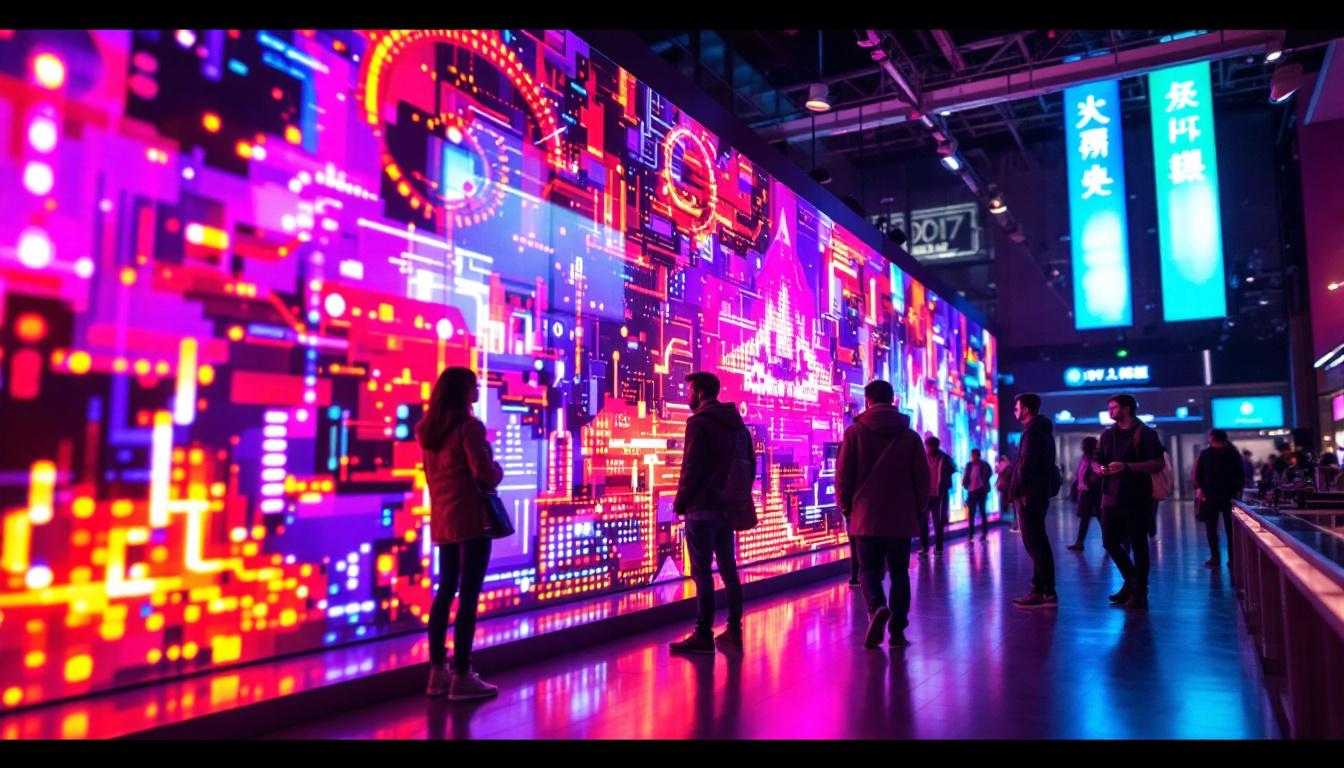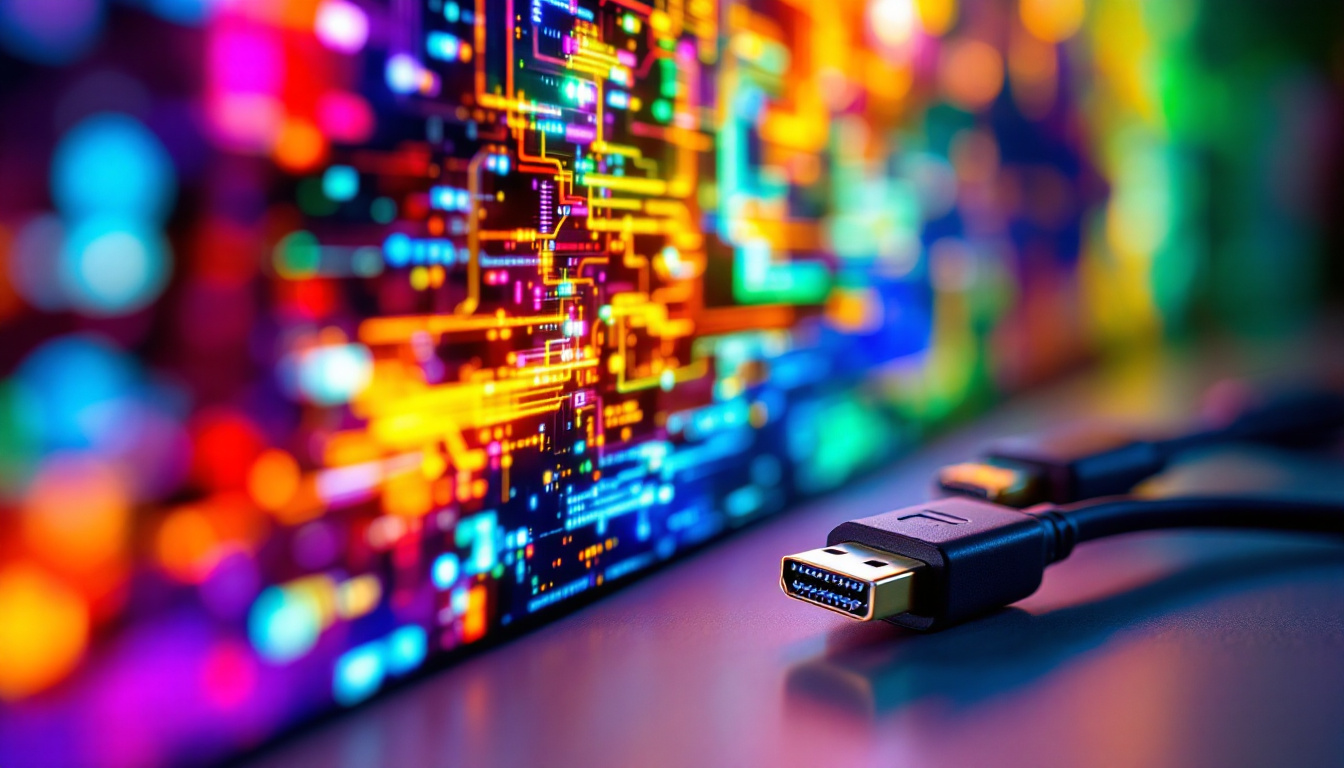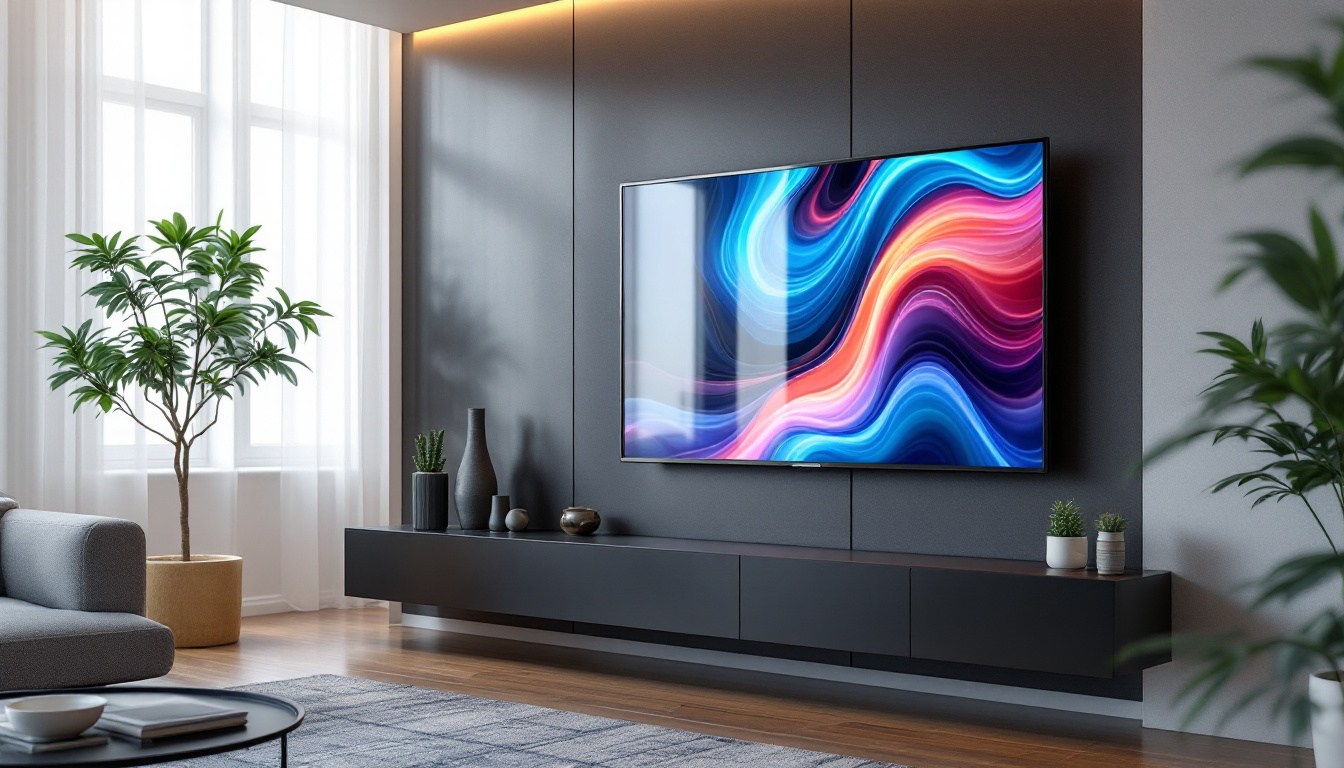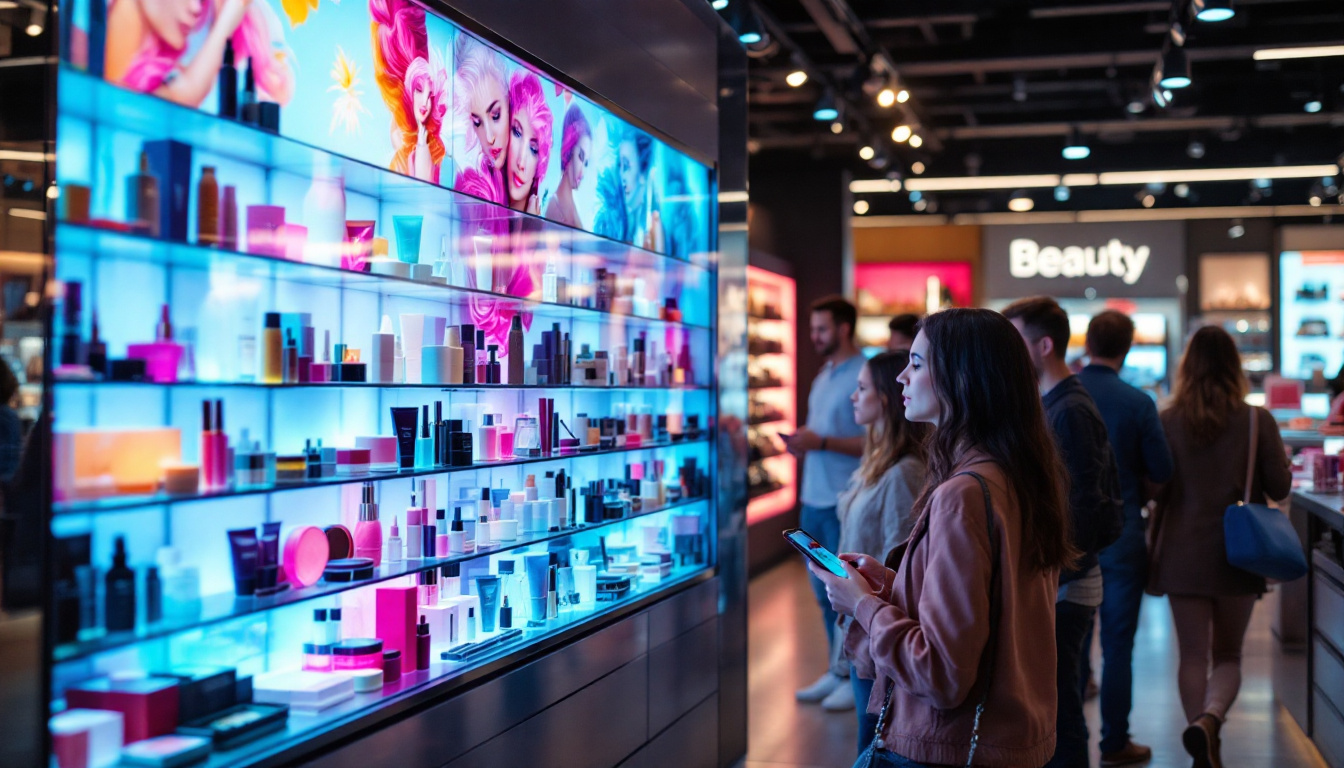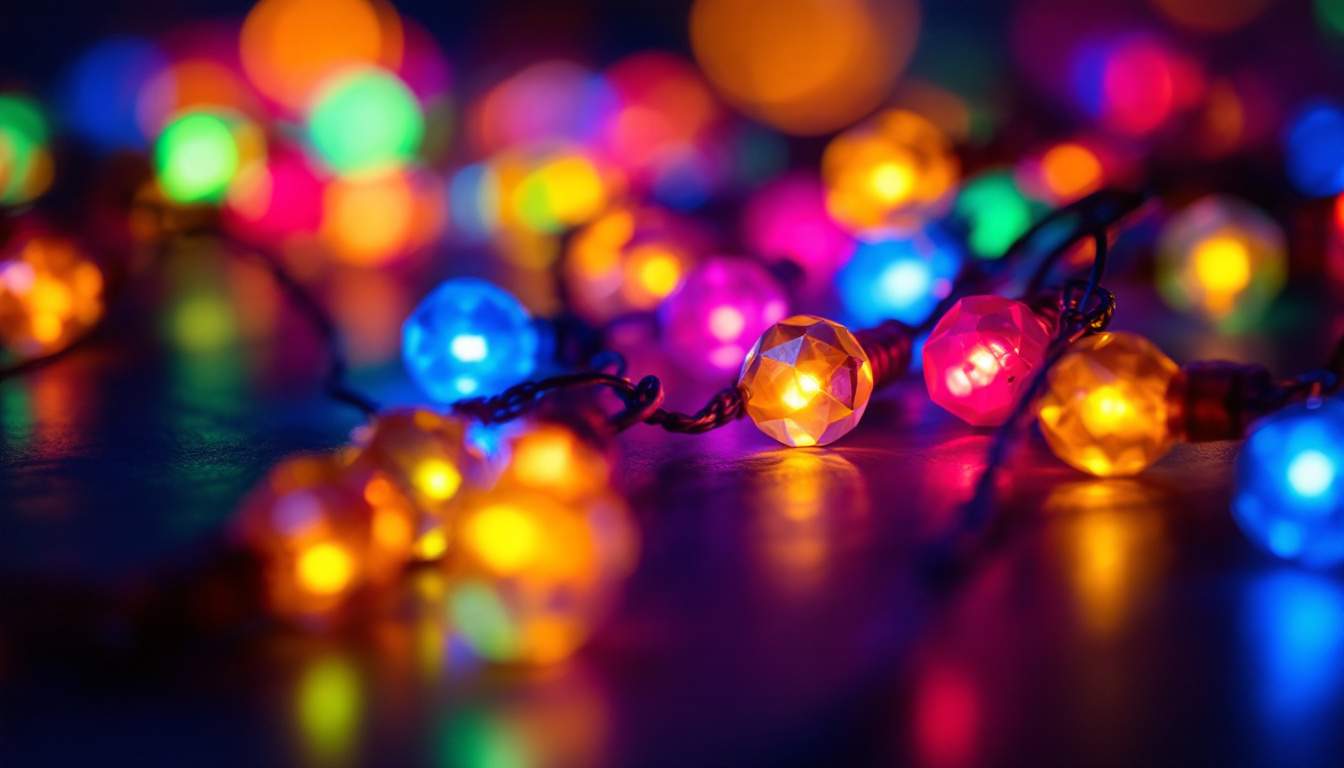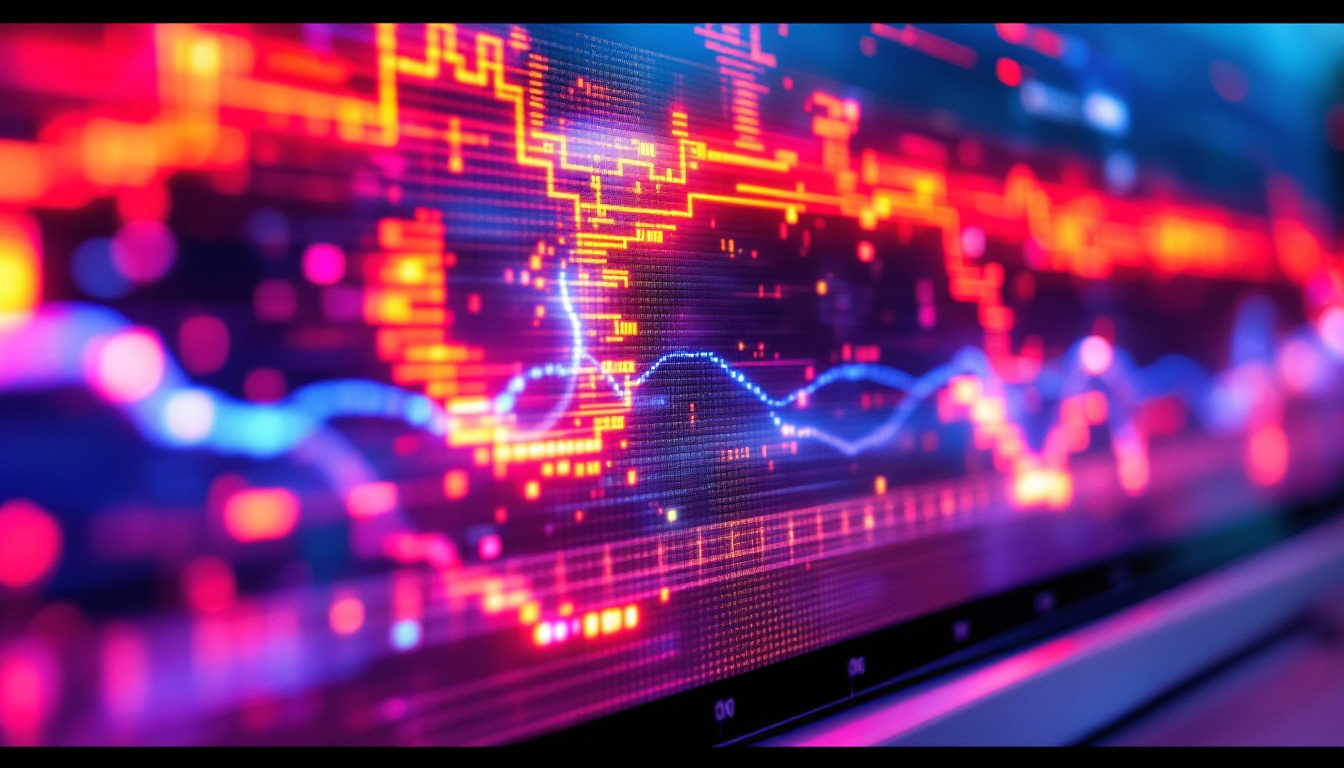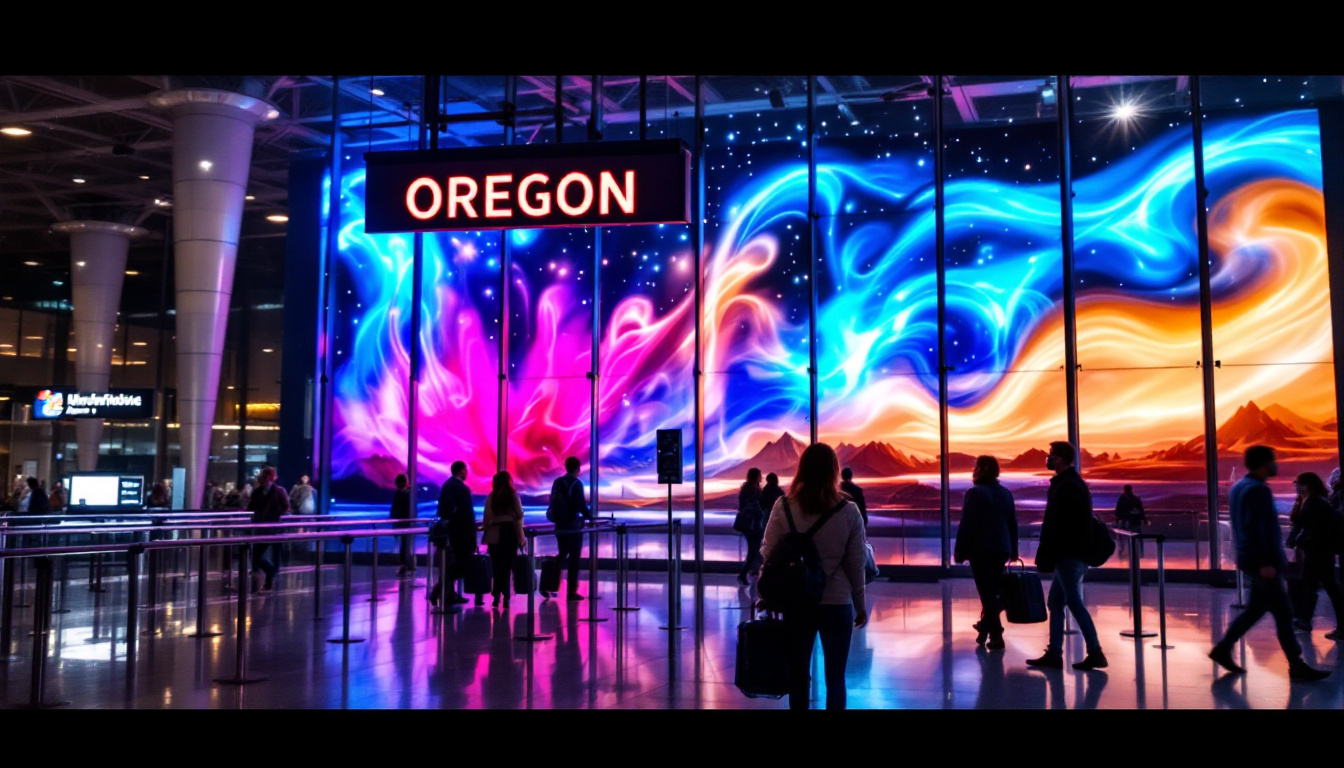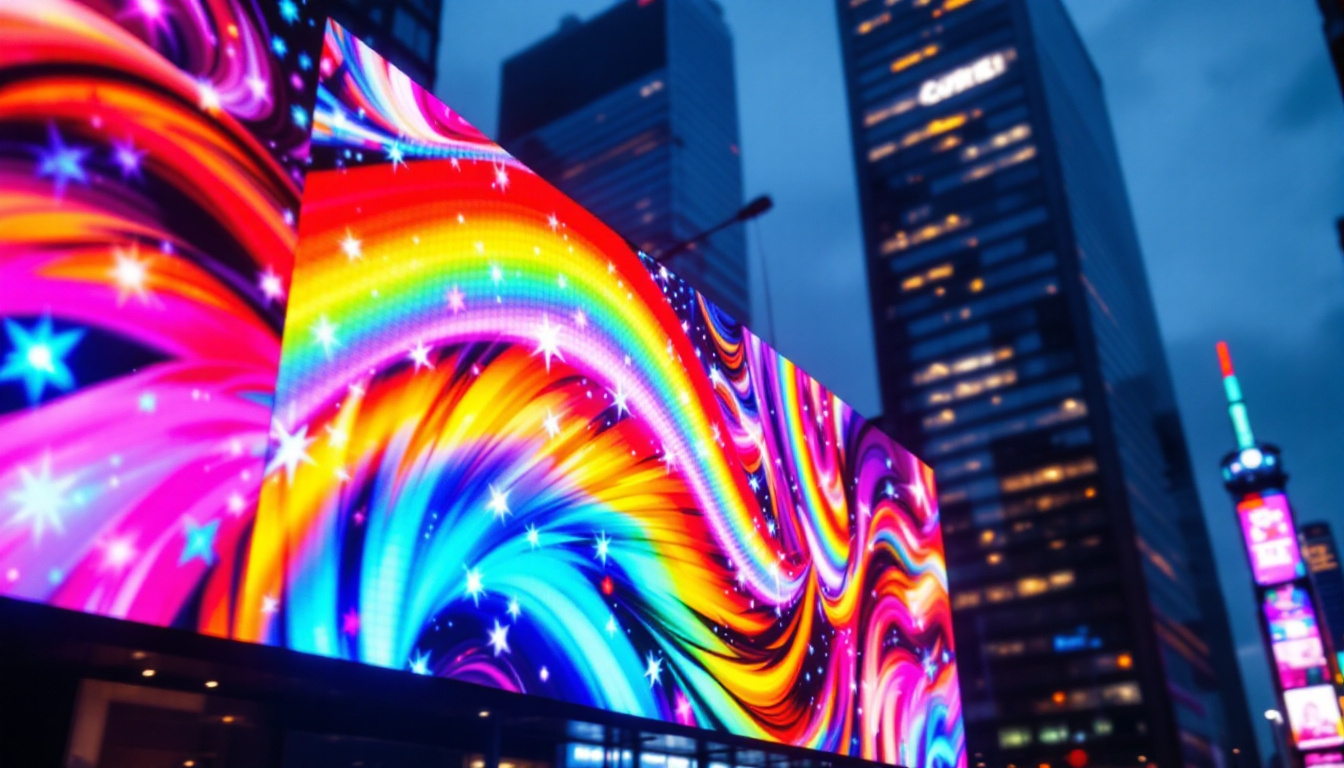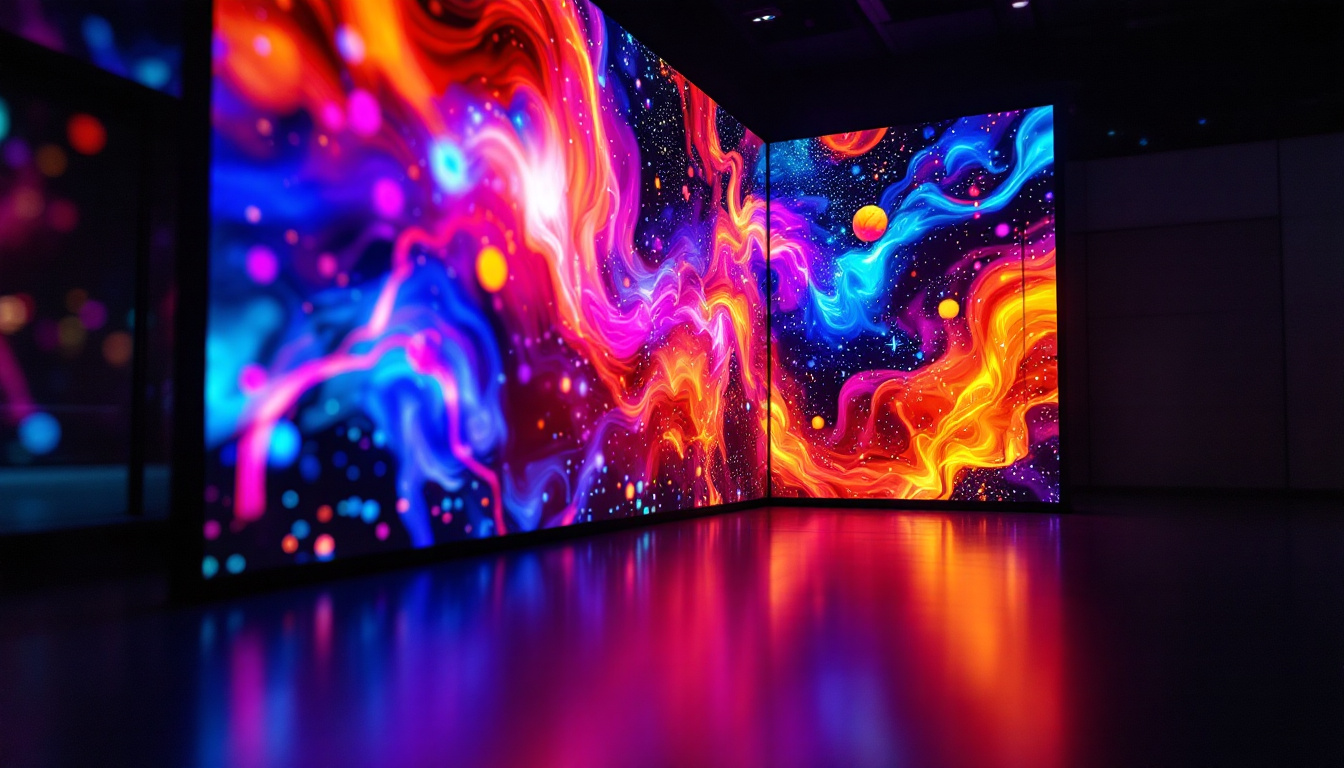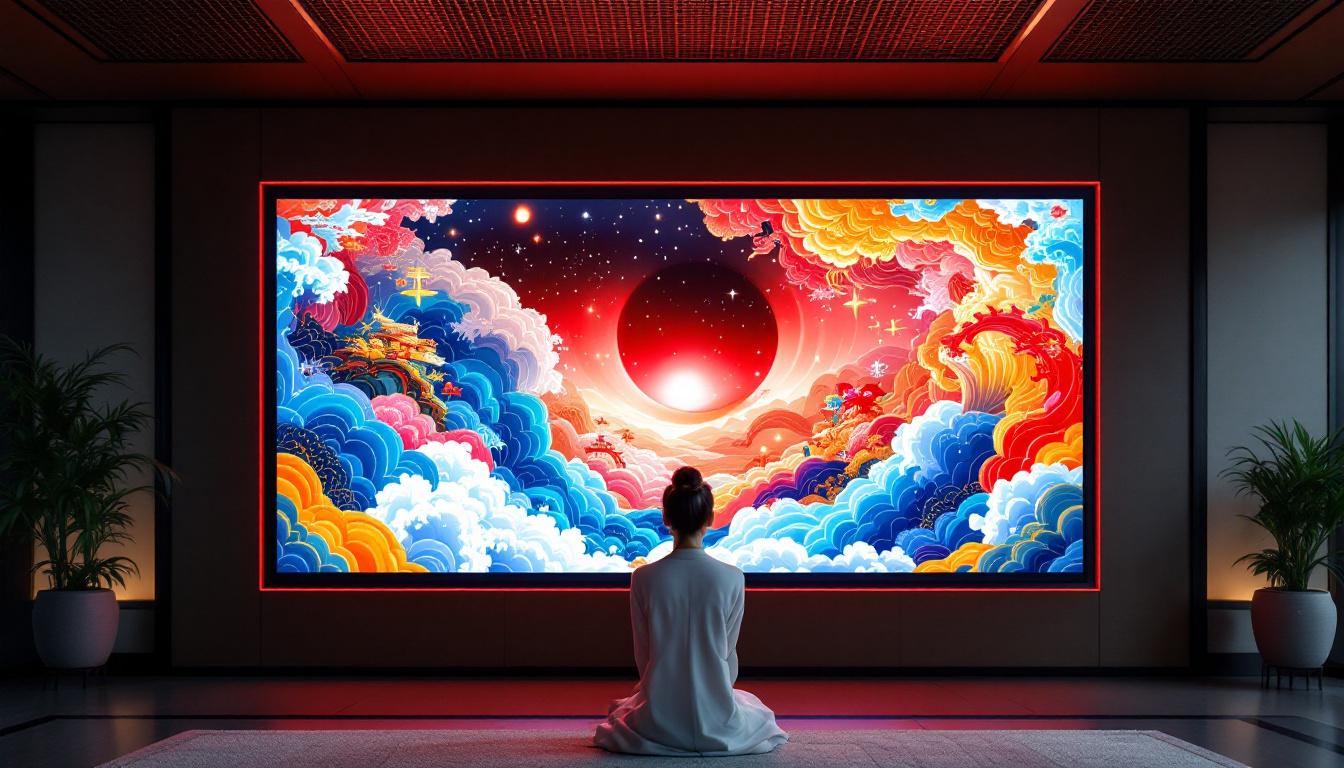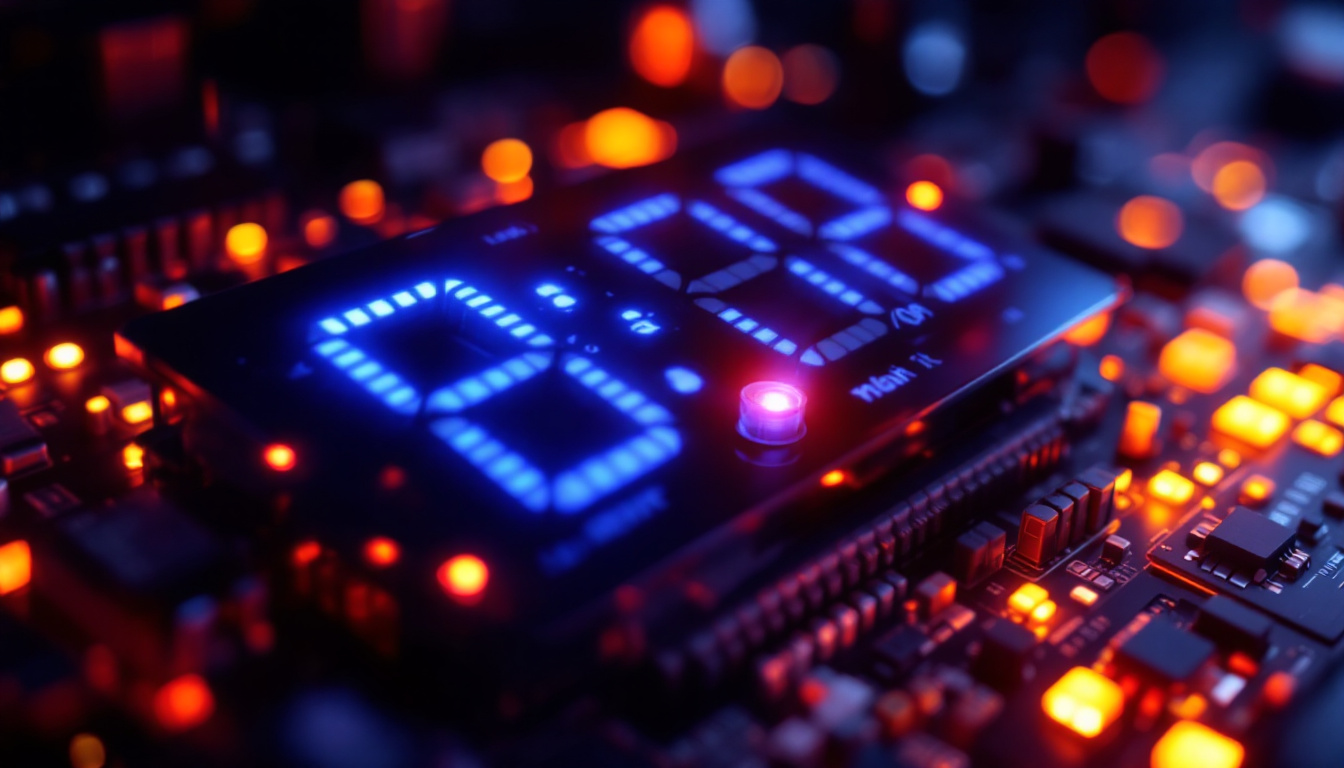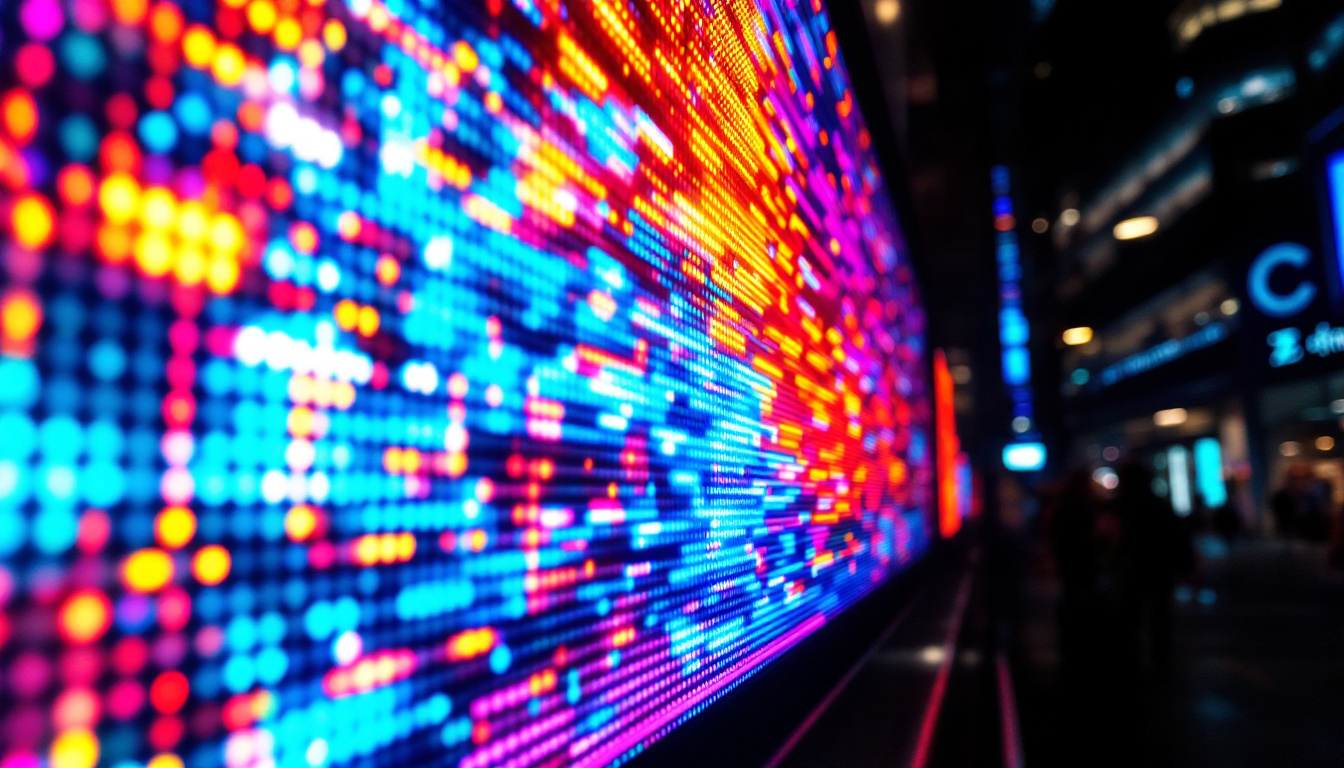In the modern world, visual communication has taken on a new dimension, largely due to the advent of LED displays. These vibrant screens have transformed the way information is presented, whether in advertising, entertainment, or even personal use. This article delves into the intricacies of LED displays, exploring their technology, applications, advantages, and future trends.
Understanding LED Technology
LED, or Light Emitting Diode, is a semiconductor device that emits light when an electric current passes through it. This technology has evolved significantly over the years, leading to the development of various types of LED displays. Initially, LEDs were primarily used as indicator lights in electronic devices, but advancements in technology have expanded their applications to include everything from general lighting to intricate display systems.
How LED Displays Work
At the core of LED displays is the concept of electroluminescence. When electrons move through the semiconductor material, they release energy in the form of photons, which we perceive as light. The color of the light emitted depends on the materials used in the semiconductor. By combining red, green, and blue LEDs, a full spectrum of colors can be produced, allowing for stunning visuals. This versatility in color production is one reason why LED technology has become the preferred choice for modern displays, as it can create vivid images and dynamic content with ease.
LED displays can be categorized into two main types: passive and active matrix displays. Passive matrix displays use a grid of conductors to control the lighting of pixels, while active matrix displays utilize thin-film transistors (TFTs) to provide more precise control over each pixel. This difference in technology results in varying levels of brightness, contrast, and refresh rates. Active matrix displays, for instance, can refresh images more quickly and maintain better image quality during fast-moving scenes, making them ideal for applications like gaming and video playback.
Types of LED Displays
There are several types of LED displays, each designed for specific applications. Common types include:
- Direct View LED Displays: These displays are often used in outdoor advertising and large venues. They consist of individual LED modules that can be arranged to create large screens. The durability and brightness of direct view LEDs make them perfect for high-traffic areas where visibility is crucial, even in bright sunlight.
- LED-backlit LCD Displays: These are traditional LCD screens enhanced with LED backlighting, providing better brightness and color accuracy. This technology allows for thinner screens and improved energy efficiency, making them a popular choice for televisions and computer monitors.
- Organic LED (OLED) Displays: Utilizing organic compounds, these displays offer superior color reproduction and contrast ratios, making them popular in high-end televisions and smartphones. OLED technology allows for true blacks, as individual pixels can be turned off completely, resulting in a more immersive viewing experience.
In addition to these common types, there are also specialized LED displays designed for unique applications. For instance, transparent LED displays are gaining traction in retail environments, allowing for eye-catching advertising while maintaining visibility through the glass. Similarly, flexible LED displays are being developed for use in innovative designs, such as curved screens or wearable technology, showcasing the adaptability of LED technology in meeting diverse consumer needs.
Applications of LED Displays
LED displays have found their way into numerous sectors, each leveraging their unique advantages. From advertising to healthcare, the versatility of LED technology is evident.
Advertising and Marketing
One of the most prominent uses of LED displays is in advertising. Billboards and digital signage have become increasingly popular due to their ability to capture attention with bright colors and dynamic content. Advertisers can change messages in real-time, allowing for targeted campaigns and increased engagement.
Moreover, LED displays can be found in shopping malls, airports, and public transportation systems, providing information and advertisements simultaneously. Their high visibility ensures that messages reach a broad audience, making them a valuable tool for marketers.
Entertainment and Events
In the realm of entertainment, LED displays have revolutionized the way audiences experience live events. Concerts, sports games, and theater productions utilize large LED screens to enhance visual storytelling. These displays can be synchronized with sound and lighting, creating an immersive experience that captivates audiences.
Additionally, LED walls are increasingly used in film and television production, allowing for real-time backgrounds and effects. This technology not only saves time in post-production but also provides actors with a more realistic environment to perform in.
Healthcare and Education
In healthcare, LED displays play a crucial role in patient care and information dissemination. Hospitals utilize LED screens for patient monitoring, displaying vital signs and other critical information in real-time. Moreover, they are used for educational purposes, providing clear visuals in classrooms and training environments.
In educational settings, LED displays facilitate interactive learning experiences. They can display multimedia content, making lessons more engaging and accessible for students. This adaptability enhances the overall learning experience, catering to various learning styles.
Advantages of LED Displays
The rise of LED displays can be attributed to several key advantages that set them apart from traditional display technologies. Understanding these benefits can help businesses and individuals make informed decisions when considering display options.
Energy Efficiency
One of the most significant advantages of LED displays is their energy efficiency. Compared to traditional incandescent or fluorescent displays, LEDs consume significantly less power. This not only reduces operational costs but also minimizes the environmental impact, making LED technology a sustainable choice.
Furthermore, LED displays have a longer lifespan, often lasting tens of thousands of hours. This longevity means fewer replacements and reduced waste, contributing to a more sustainable approach to technology.
Brightness and Visibility
LED displays are known for their exceptional brightness, making them suitable for both indoor and outdoor environments. Their high luminance ensures visibility even in direct sunlight, which is a critical factor for outdoor advertising and public displays.
Additionally, LED technology provides superior contrast ratios, resulting in sharper images and more vibrant colors. This quality enhances the viewing experience, whether for entertainment or informational purposes.
Versatility and Customization
LED displays are incredibly versatile, allowing for various sizes, shapes, and configurations. This adaptability makes them suitable for a wide range of applications, from small retail displays to massive stadium screens.
Moreover, LED technology can be customized to meet specific needs. For instance, displays can be designed with varying pixel pitches, affecting resolution and viewing distance. This level of customization ensures that users can achieve the desired visual impact for their specific application.
Challenges and Considerations
Despite the numerous advantages of LED displays, there are challenges and considerations that potential users should be aware of. Understanding these factors can aid in making informed decisions regarding the implementation of LED technology.
Initial Costs
While LED displays offer long-term savings through energy efficiency and durability, the initial investment can be substantial. High-quality LED displays often come with a higher price tag compared to traditional display technologies. Businesses must weigh the upfront costs against the potential savings and benefits over time.
However, as technology advances and production processes improve, the costs of LED displays have been gradually decreasing. This trend is making LED technology more accessible to a broader range of users.
Maintenance and Technical Expertise
LED displays require regular maintenance to ensure optimal performance. Dust and debris can accumulate on the screens, affecting visibility and color accuracy. Additionally, technical expertise may be required for installation and troubleshooting, which can be a barrier for some users.
Investing in training or hiring skilled professionals can help mitigate these challenges, ensuring that the display operates effectively and maintains its visual quality over time.
The Future of LED Displays
The future of LED displays looks promising, with ongoing advancements in technology and applications. As industries continue to explore innovative ways to utilize LED technology, several trends are emerging.
Smart and Interactive Displays
As technology evolves, the integration of smart features into LED displays is becoming more prevalent. Interactive displays that respond to user input are gaining traction in retail, education, and entertainment. These displays can enhance engagement and create personalized experiences for users.
Moreover, the incorporation of artificial intelligence (AI) and machine learning can enable displays to adapt content based on audience behavior, optimizing communication and marketing strategies.
Improved Sustainability
With growing awareness of environmental issues, the demand for sustainable technology is on the rise. LED manufacturers are increasingly focusing on eco-friendly materials and production processes. This shift towards sustainability is expected to shape the future of LED displays, making them even more environmentally friendly.
Additionally, recycling programs for LED displays are being developed to address the end-of-life concerns associated with electronic waste. This focus on sustainability will likely enhance the appeal of LED technology in various sectors.
Advancements in Resolution and Color Accuracy
As consumer expectations for visual quality continue to rise, advancements in resolution and color accuracy are anticipated. Technologies such as MicroLED and MiniLED are emerging, offering even higher pixel densities and improved color reproduction.
These advancements will enable the creation of displays that deliver stunning visuals, making them ideal for high-end applications in entertainment, advertising, and more. The pursuit of perfection in visual technology will drive innovation in the LED display market.
Conclusion
LED displays have undoubtedly changed the landscape of visual communication, offering unparalleled brightness, energy efficiency, and versatility. As technology continues to evolve, the applications and benefits of LED displays are expected to expand even further.
From advertising to healthcare, the impact of LED displays is profound, enhancing the way information is conveyed and experienced. While challenges exist, the advantages of LED technology far outweigh the drawbacks, making it a compelling choice for businesses and individuals alike.
As the future unfolds, embracing the potential of LED displays will be essential for those looking to stay ahead in a visually driven world. Whether in entertainment, marketing, or education, LED technology is poised to play a pivotal role in shaping the future of communication.
Discover the Future of Visual Communication with LumenMatrix
Ready to elevate your visual presence and captivate your audience like never before? LumenMatrix is at the forefront of LED display innovation, offering a diverse range of solutions tailored to your unique needs. From Indoor and Outdoor LED Wall Displays to specialized options like Vehicle, Sports, and Floor LED Displays, our cutting-edge technology is designed to make your brand shine. Experience the transformative power of our Custom, All-in-One, and LED Transparent Displays. Don’t just take our word for it; check out LumenMatrix LED Display Solutions today and join the revolution in visual communication.

